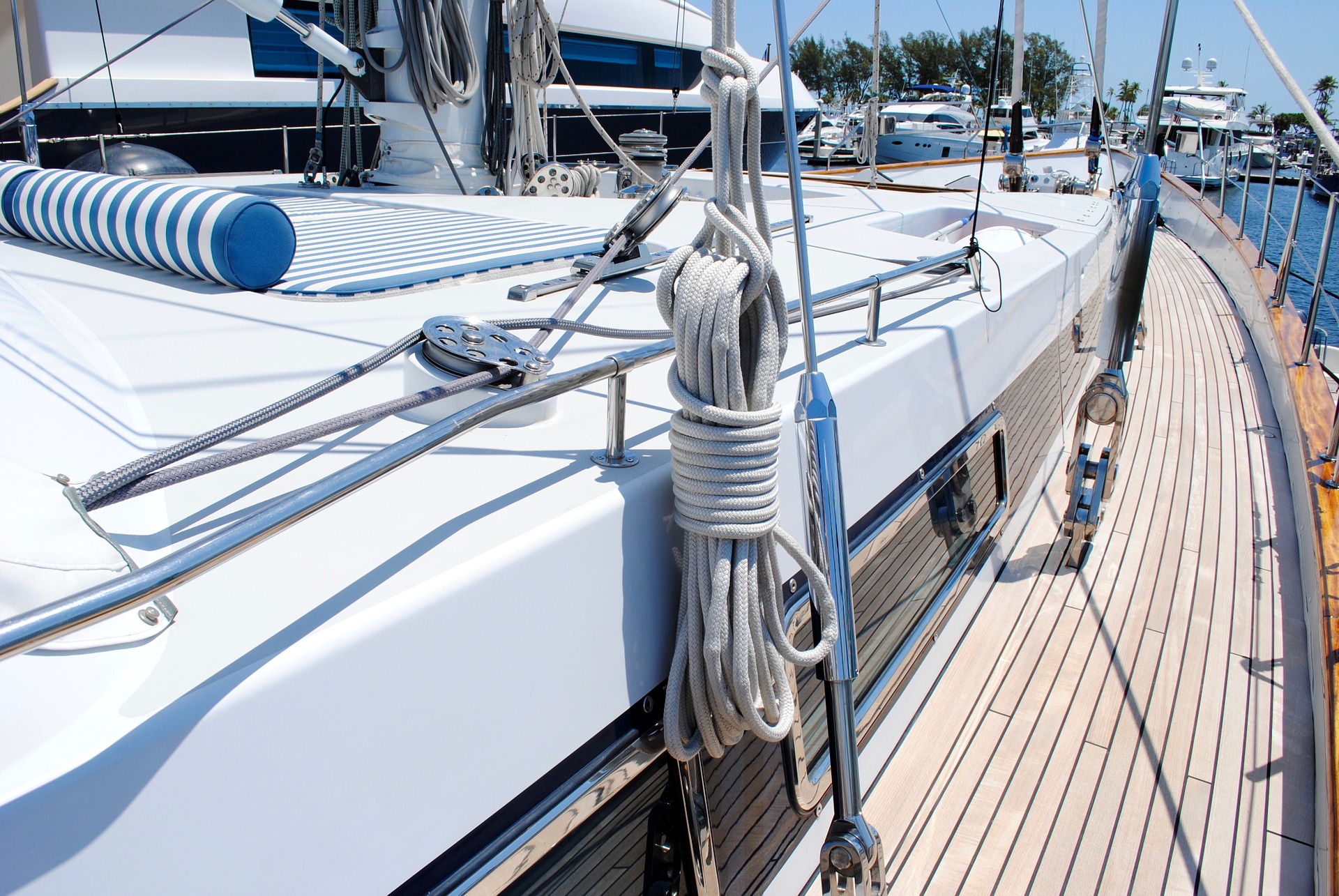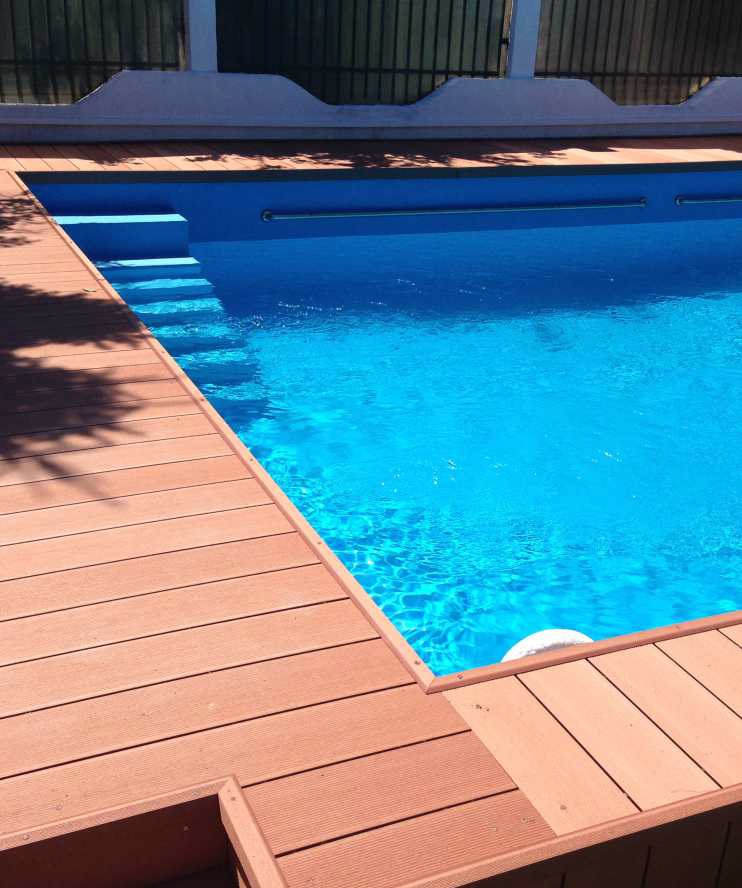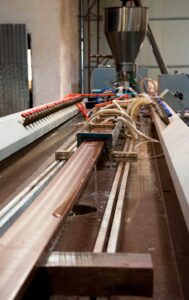Marine Plywood vs WPC – Which Is Better?

Marine Plywood vs WPC (Wood-Plastic Composite): Which Is Better?
Wood-plastic composite or WPC has emerged as a popular substitute to marine plywood; both these materials are available in the form of boards of varying thicknesses and sizes. Marine plywood and WPC boards have similar characteristics – they are moisture-resistant, termite-resistant, suitable for outdoor applications and for carpentry work in moisture-laden areas such as kitchens and bathrooms.
Both marine plywood and composites are used to fabricate garden furniture, tables, chairs, benches, pergolas, planters and for carpentry work. ths and shortcomings of both these materials.
Marine plywood
Marine plywood is manufactured out of tropical hardwood and waterproof glue. It has no voids, which makes it a very dense and water-resistant material. The succeeding layers are laid such that the grain of each is crossways to the sheets above and below, in order to impart maximum strength and stability. Additionally, marine plywood is treated with preservatives and a protective finish that makes it suitable for outdoor applications.
Pros
- Marine plywood is highly resistant to water and controls water penetration.
- Nails, screws and other fasteners can get a good hold in this plywood because of cross linking of multiple wooden sheets within it.
- Another plus is that this material is flexible. It can be bent or curved without compromising its strength.
- The external surface of marine plywood is extremely tough, which makes it suitable for applications in areas that are prone to wear and tear.
Cons
- Marine plywood may split or splinter over a period of time.
- It is made with layers of natural wood, which involves the cutting down of trees.
- This plywood needs to be finished with paint or stained, hence it cannot be used in the raw form.

Wood-plastic composite
In Marine applications
Wood-plastic composite is a hybrid material that is manufactured from a blend of natural wood fibre, sawdust, plastic fibres and chemical additives.
Pros
- WPC is highly durable and resistant to external weather elements.
- WPC can be thermoformed into any curved or bent shape.
- Coloured pigments can be added to the raw material, hence WPC can be dyed to any colour.
- The material is resistant to ultraviolet light and its colour does not fade easily.
- Nails, screws and other fasteners achieve a good hold in WPC.
- The material is highly slip-resistant, hence it works well as an outdoor deck flooring.
- WPC does not need to be polished or painted after installation.
- It is very easy to clean and maintain.
- WPC is made from wood waste, which makes it sustainable and environmentally-friendly.
Cons
- WPC is a synthetic material which imitates natural wood.
- Heavy abuse may lead to scratches.
Sourced contents from houzz.in magazine



